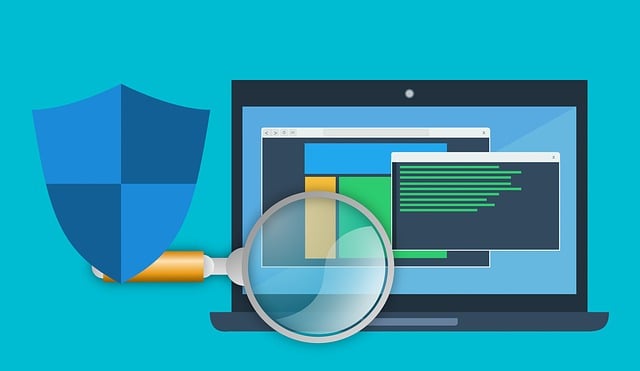A database management system (DBMS) is a piece of software that enables users to access, store, and manage data in databases. RDBMS (Relational Database Management System) is a database management system (DBMS) that stores data in tables that are related to one another. These two technologies are widely used in the creation, storage, and management of databases. The primary difference between DBMS and RDBMS is that the former stores data in files and the latter in tables. For multi-user systems, RDBMS is used, whereas DBMS is used for single-user systems.
What is DBMS?
Database Management System is abbreviated as DBMS. A database management system is a piece of computer software that stores, manages, and manipulates data in a database. A database management system (DBMS) is the foundation of any modern database system, and it is used to ensure that data is stored, organized, and accessed efficiently. The database management system (DBMS) acts as a link between the user and the database, allowing users to create, query, update, and delete data. It also manages the security and integrity of the data, as well as providing a simple interface through which users can interact with the data.
A relational or non-relational database management system (DBMS) can be used. Non-relational DBMSs store data in documents with fields and values, whereas relational DBMSs store data in tables with columns and rows in each table. Both types of DBMSs provide the same basic capabilities, such as the ability to store, manage, and query data, but the data is stored and organized differently. Overall, database management systems (DBMSs) are essential components of any modern database system because they provide a user-friendly interface for storing, managing, and manipulating data. They provide the necessary security and integrity measures to ensure the safety and accessibility of data while also allowing users to interact with data more efficiently.
What is RDBMS?
RDBMS is an acronym that stands for Relational Database Management System and refers to a technology that organizes data into relational databases. It’s designed for storing and managing structured data in the form of tables, columns, and rows. Because of its versatility, scalability, and ease of use, it is a popular choice for data storage and management. RDBMS is capable of storing and managing data from a variety of sources, including text files, spreadsheets, and other databases.
Also Read > Difference Between Data and Information
It can also perform data queries, report generation, and administrative tasks. It is a powerful tool for organizing and managing large amounts of data, making it an essential tool for businesses and organizations that rely on data for decision making and operations.
Which is faster: RDBMS or DBMS?
It is difficult to say which RDBMS is faster because each has unique features and capabilities that make them suitable for different scenarios. RDBMS stands for relational database management system, and it is based on the concept of the relational model. It is used to store data in the form of tables as well as the relationships between them. This database is suitable for applications requiring data integrity as well as transaction support. In contrast, DBMS stands for database management system and is used to manage large amounts of structured data. It provides users with a location to store, manage, and retrieve data. DBMS is ideal for data-intensive applications like analytics and reporting.
Both RDBMS and DBMS have advantages and disadvantages in terms of speed. RDBMS is faster at data retrieval and querying, while DBMS is faster at data manipulation. Both can be optimized for speed and performance depending on the needs of the application. Finally, the choice between the two will be determined by the capabilities of the application as well as the needs of the users.
Examples of DBMS and RDBMS
Database Management Systems (DBMS) are computer software programs that capture and analyze data by interacting with other programs, users, and the database itself. DBMS include Oracle, IBM DB2, Microsoft Access, Microsoft SQL Server, and MySQL.
RDBMS (Relational Database Management Systems) are database management systems that store information in the form of related tables. RDBMSs include Oracle, IBM DB2, Microsoft SQL Server, PostgreSQL, and MySQL. RDBMSs use Structured Query Language to access and manipulate data stored in their tables (SQL). This makes it easier for users to create complex queries and perform data analysis and understand the difference between DBMS and RDBMS.
DBMS Vs RDBMS

RDBMS (Relational Database Management System) and DBMS (Database Management System) are both systems for storing, managing, and retrieving data from a database. RDBMS is a subset of DBMS that uses the relational model to organize data. RDBMS is more structured and provides more options for data management because it uses SQL for data manipulation. In contrast, a database management system (DBMS) is a more general data management system that can be used with any type of data. To summarize, the difference between DBMS and RDBMS is that RDBMS is a more focused and effective data storage and management system, whereas DBMS is a broader system.






